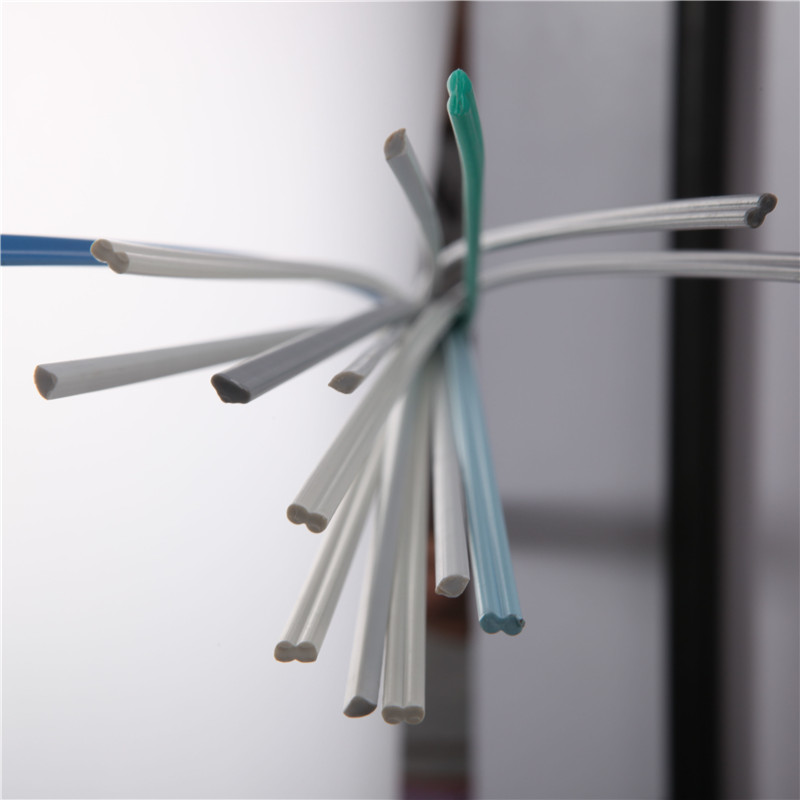Nov . 24, 2024 21:02 Back to list
High-Density Polyethylene Pipes and Fittings for Durable and Efficient water Management Solutions
Understanding HDPE Pipes and Fittings An Overview
High-Density Polyethylene (HDPE) pipes and fittings are an essential component in modern infrastructure, widely known for their versatility, durability, and cost-effectiveness. As industries around the world continue to prioritize sustainability and efficiency, HDPE pipes have carved out a significant niche in various applications ranging from water distribution to industrial processes.
What is HDPE?
HDPE, or High-Density Polyethylene, is a thermoplastic polymer made from petroleum. It is characterized by its high strength-to-density ratio, which makes it an ideal material for producing pipes and fittings. The manufacturing process involves the polymerization of ethylene, and the resulting material exhibits excellent resistance to impact, chemicals, and UV radiation. This durability ensures that HDPE pipes can withstand harsh environmental conditions and heavy usage over extended periods.
Advantages of HDPE Pipes
1. Corrosion Resistance One of the most significant advantages of HDPE pipes is their resistance to corrosion. Unlike traditional materials such as metal or concrete, HDPE does not rust or degrade when exposed to harsh chemicals or extreme weather conditions.
2. Flexibility HDPE pipes are highly flexible, enabling them to be used in varied applications without the need for many joints. This flexibility allows for easier installation, especially in situations where the terrain is uneven or where there are obstacles.
3. Lightweight Compared to other pipe materials, HDPE pipes are lightweight, which significantly reduces transportation and handling costs. Workers can easily lift and maneuver them, making installation quicker and less labor-intensive.
4. Longevity With a lifespan of over 50 years, HDPE pipes provide an excellent return on investment. Their durability minimizes the need for maintenance and replacement, further conserving resources and reducing environmental impact.
5. Sustainability Since HDPE is recyclable, it aligns with modern sustainability goals. The ability to recycle these pipes contributes to a circular economy, reducing waste and promoting responsible resource use.
hdpe pipes and fittings

Common Applications of HDPE Pipes
HDPE pipes are used in various applications, making them indispensable in the plumbing and construction industries
. Some common uses include- Water Supply HDPE pipes are commonly used for potable water distribution due to their non-toxic properties and resistance to biological growth.
- Sewage Systems Their corrosion resistance and lightweight nature make HDPE an ideal choice for sewage and drainage systems, preventing leaks and environmental contamination.
- Gas Distribution HDPE pipes are also used in natural gas distribution networks, providing a safe and efficient means to transport gas.
- Irrigation In agriculture, HDPE pipes provide a reliable solution for irrigation systems, allowing for efficient water management and distribution.
Fittings in HDPE Systems
HDPE fittings, including bends, tees, and couplings, are essential for connecting and redirecting pipes in a system. They are typically manufactured using the same high-quality HDPE material, ensuring compatibility and maintaining the system's overall strength and longevity. The fusion welding process used to join HDPE pipes and fittings creates a seamless connection, which enhances the system's flexibility and integrity.
Conclusion
In summary, HDPE pipes and fittings represent a revolutionary advancement in pipe technology, offering numerous benefits that address the demands of modern infrastructure. Their durability, flexibility, and sustainability make them a preferred choice for a variety of applications, from water supply systems to complex industrial processes. As the world continues to evolve towards more sustainable practices, the role of HDPE in building reliable and efficient infrastructure will undoubtedly grow, paving the way for a more resilient future.
-
Durable PP Rigid Sheet: Lightweight, Chemical Resistant Solutions
NewsAug.21,2025
-
PVC Grey Sheet for Extraction: Chemical Resistant & Durable
NewsAug.19,2025
-
Durable PVC Pipe Fittings for Plumbing & Irrigation Needs
NewsAug.18,2025
-
HDPE Steel Belt Reinforced Spiral Corrugated Pipe | High Strength
NewsAug.17,2025
-
HDPE Pipe Fittings: Durable, Leak-Proof Solutions
NewsAug.16,2025
-
Premium CPVC Sheet: High-Temp & Chemical Resistant Solutions
NewsAug.15,2025

